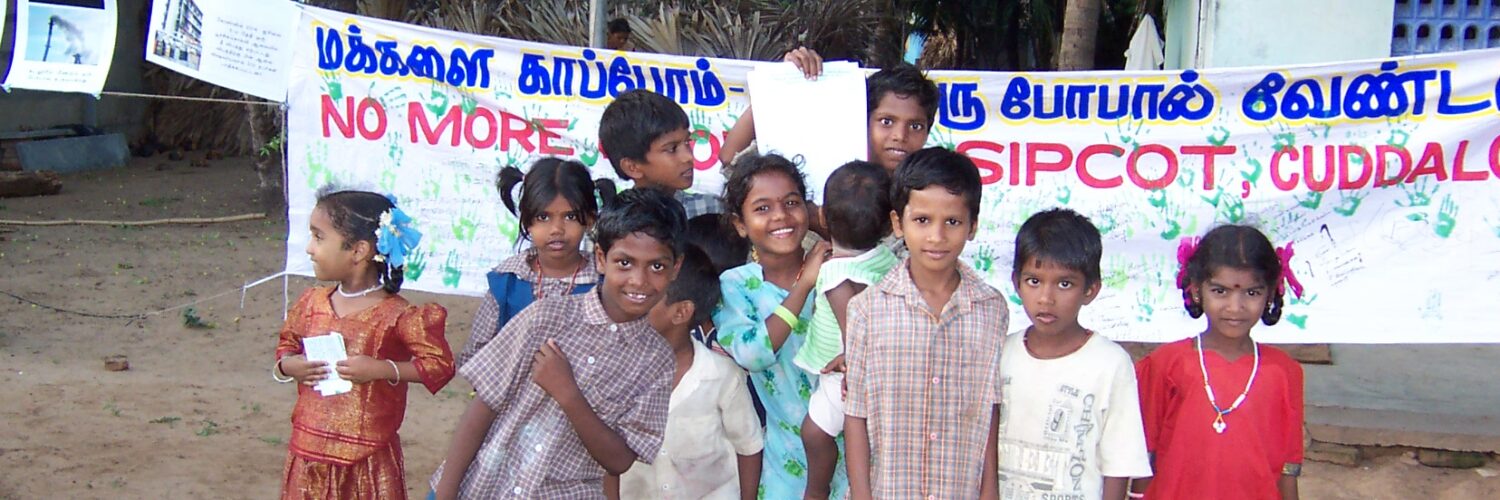Jan 26, 2006
A.V.Ragunathan
The Hindu
CUDDALORE: All units in the State Industrial Promotion Corporation of Tamil Nadu (SIPCOT) Industrial Estate here have been directed to install “electronic display system” at the main entrance to reduce pollution and ensure transparency in pollution control measures.
The display should be bi-lingual, both in Tamil and English and give details of products, permissible emission levels, effluent discharge and waste disposal.
To make the display effective and foolproof, the units have been asked to link it to the online system.
For the purpose, each unit should form a network of all production activity.
To check compliance with the new rule, the Tamil Nadu Pollution Control Board (TNPCB) has posted an Assistant Engineer on the SIPCOT campus.
Check effluent discharge
Sources in the Local Area Environment Committee told The Hindu that there were allegations of units draining effluents, treated or otherwise, through an underwater pipeline one kilometre off the coast, without quantifying the discharge.
The industries have, therefore, been asked to fix flow metres to record the quantum of discharge.
The TNPCB and the LAEC, constituted by the Supreme Court Monitoring Committee on Hazardous Waste Management, suggested these measures to bring down pollution level to permissible limits.
The LAEC, led by its chairman Muthiah Mariappan, an environmental scientist, and members K. Karthikeyan, District Environmental Engineer, TNPCB and M. Nizamudeen, general secretary, Cuddalore District Consumer Protection Organisation, inspected pharmaceutical, chemical and fabric units here on Wednesday and Thursday.
On finding that certain units had installed the static display system, committee members advised the unit owners to switch over to the scrolling system.
Also, certain units were storing sludge in earthen lagoons within their premises, resulting in a stench.
Some units had not installed devices at the outlet of the effluent treatment plant to measure pH flow and TDS (total dissolved salts) in the effluents.
Details sought
The committee members also sought details on the length of the underwater pipeline from the Cuddalore SIPCOT Common Utilities Ltd (CUSECS).
The committee is authorised to inspect units and carry out environmental audits.
The committee should have access to information and samples, and any requests from committee members must be treated as received from the Supreme Court Monitoring Panel. If the committee found any unit defying rules or lacking the capability to minimise pollution levels, it could recommend the closure of such units.
K. Indra Kumar, CUSECS secretary, said the units were taking necessary measures to conform to specifications.
